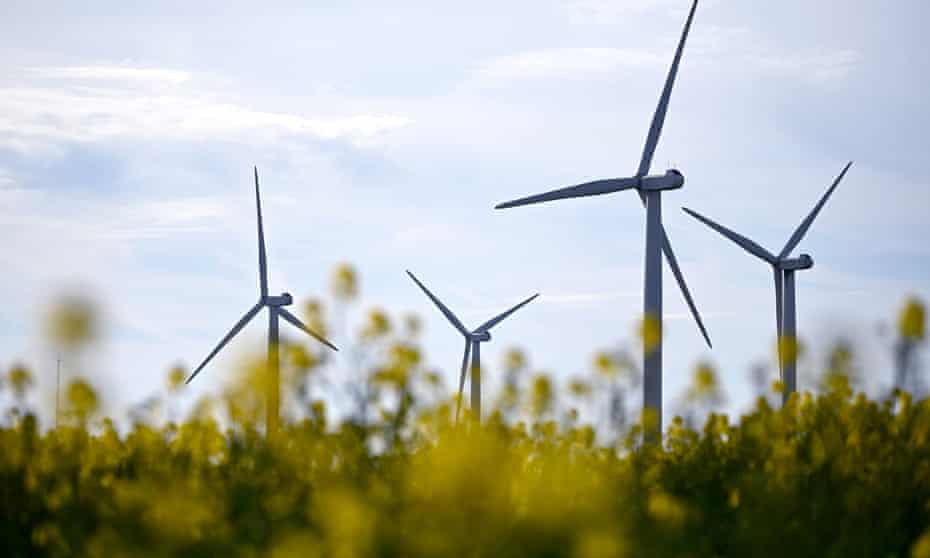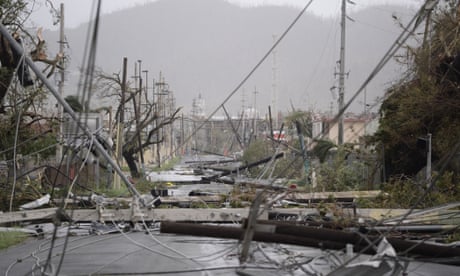Extract from The Guardian
But goal of limiting global heating to 1.5C will fail without immediate action, scientists warn.

Thu 14 Apr 2022 01.00 AEST
Last modified on Thu 14 Apr 2022 03.11 AESTBefore these pledges it was more than likely that at the peak of the climate crisis there would be a temperature rise above 2C, bringing more severe impacts for billions of people. Now it is more likely that the peak temperature rise will be about 1.9C.
However, the researchers said this depended on all nations implementing their pledges on time and in full, and warned that the policies to do so were not in place. The pledges also include those that developing countries have said will not happen without more financial and technical support.

Achieving the pledges needed for the 2C limit was a “historic milestone” and good news, the scientists said. However, they said the bad news was that the cuts in global emissions currently planned by 2030 were way off track to keep the peak below 1.5C. That is the global goal, but currently there is less than a 10% chance of hitting that target.
The 2C limit being within reach was “big news”, said Christophe McGlade at the International Energy Agency, a member of the team behind the new analysis. “It’s the first time that governments have come forward with specific targets that can hold global warming to below the symbolic 2C level.”
“These results are clearly a cause for optimism,” he added. “We’ve come a long way since the Paris agreement was signed back in 2015. But now the real work has to start. The pledges have not yet been backed up by the strong and credible near-term policies needed to make them a reality.”
Prof Malte Meinshausen, at the University of Melbourne, Australia, another team member, said having the 2C limit in sight was a “historic milestone”.
But he said: “Our study also clearly shows that increased action this decade is necessary. Otherwise, we’re going to blast through the remaining carbon budget for 1.5C.” A major IPCC report earlier in April said global emissions must peak and start to fall within 30 months to keep the 1.5C target alive.
The new analysis, published in the journal Nature, is the first peer-reviewed study to assess the peak temperature rise that would result from countries fulfilling their pledges. It used two independent modelling approaches, one of which assessed more than 1,400 different scenarios and included recent pledges on shipping and aviation emissions.
The climate policies actually in place today would mean a peak of about 2.6C, leading to “massive climate damages around the world”, said McGlade. The commitments made by countries so far up to 2030 only cut that peak to 2.4C. The IPCC has said that limiting heating to 1.5C requires reducing CO2 emissions by 45% by 2030 compared with 2010.
But emissions were on track to rise by 7-15% by 2030, a “sobering assessment”, the scientists said, with any delay in action putting 1.5C “out of reach”. If the world does overshoot this target, then ensuring a “livable future” would rely on a massive rollout of technology that can suck CO2 from the air, as well as large-scale reforestation.
The new research gave a much clearer picture of our likely climate future, said Frances Moore, at the University of California, and Zeke Hausfather, the climate research lead at Stripe, in a commentary in Nature. They said it showed the goal of ratcheting up the initial climate pledges made in 2015 in Paris had been “partially realised”.
“But optimism should be curbed until promises to reduce emissions in the future are backed up with stronger short-term action,” they said. “It is easy to set ambitious climate targets for 30, 40 or even 50 years in the future, but it is much harder to enact the policies [needed] today.”
Moore and Hausfather also warned of the danger of geopolitical tensions, including Russia’s war in Ukraine: “It would be a mistake to rule out a future characterised by resurgent nationalism that strains global cooperation and leads to increasing reliance on domestic fossil-fuel resources and a corresponding rise in emissions.”
“Policymakers are standing at a crossroads,” said McGlade. “We can choose to lock in emissions and deepen the energy crisis. Or we can use this moment to take an honest step towards a cleaner, safer future.”
McGlade said there were many policies that could make immediate or near-term impacts on the energy and climate crises, including reducing speed limits on roads, accelerating the rollout of renewable energy and electric vehicles, and stopping the venting of methane, a powerful greenhouse gas, from oil and gas production facilities and putting it into supply instead.
No comments:
Post a Comment